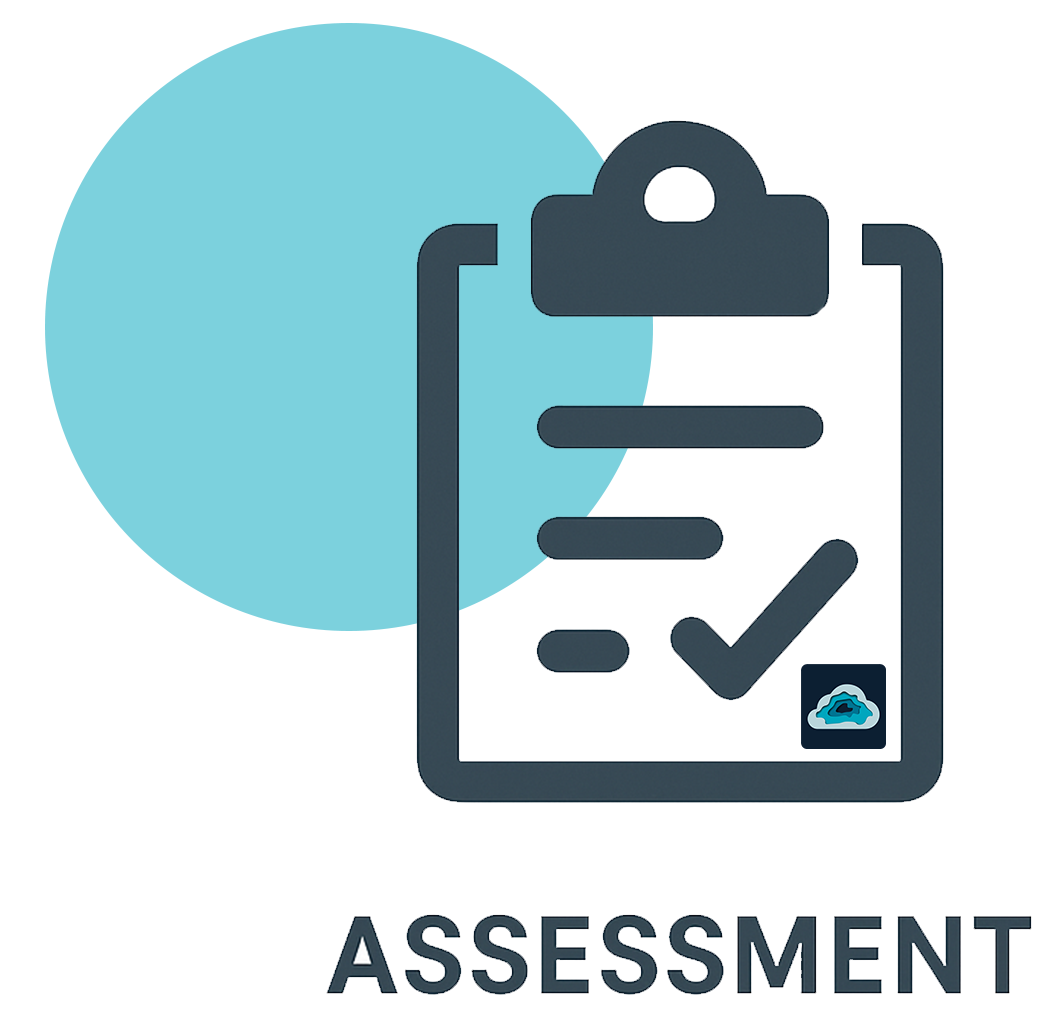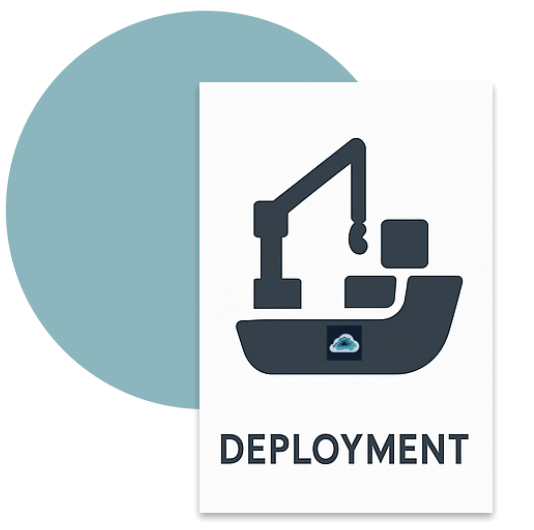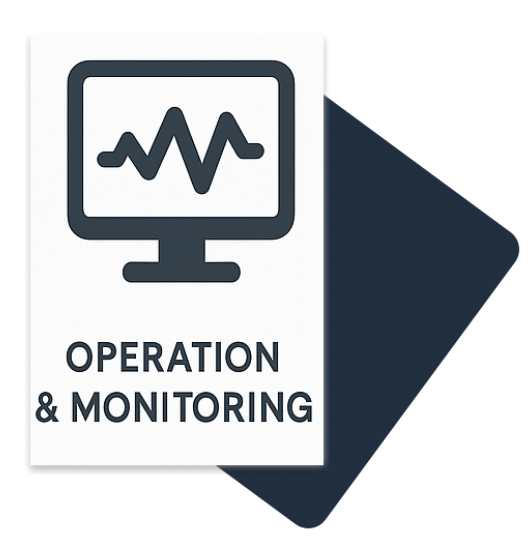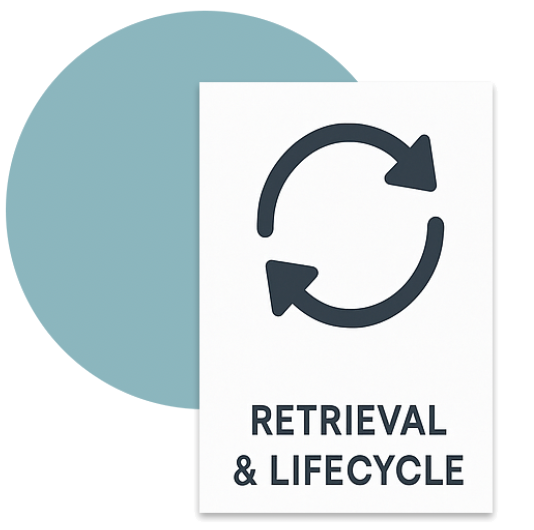
We begin with a deep dive into your requirements: energy, connectivity, and workload. Our team maps coastal and offshore sites, evaluates grid or renewable power options, and checks subsea cable access.
Output: a tailored feasibility report with cost, timeline, and regulatory considerations.
Every unit is customized to your compute profile. We configure rack density, power envelope, and network interfaces, while handling all environmental and regulatory screenings.
Result: an engineered solution that meets your workload, compliance, and ESG goals.


The units are fabricated, transported, and installed offshore using proven marine engineering methods. Typical timeline: 12–16 weeks from contract to live deployment.
Benefit: instant scalability at a fraction of the time and cost.
Once deployed, the units are continuously monitored with predictive analytics and remote telemetry. Our operations team can oversee uptime, redundancy, and environmental safety. The client can also employ their own NOC & SOC facilities and capabilities.
Confidence: enterprise-grade SLAs, backed by round-the-clock monitoring.


The units are designed for modular swap-outs. When upgrades or servicing are needed, they can be retrieved, serviced, and redeployed with minimal disruption. End-of-life units are responsibly decommissioned. The expected life of each unit is 20+ years.
Sustainability: closed-loop lifecycle management aligned with environmental standards.




.jpg)